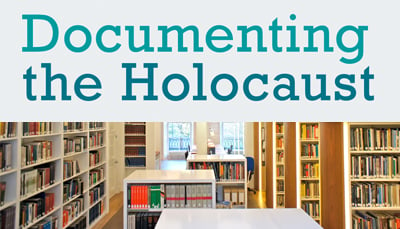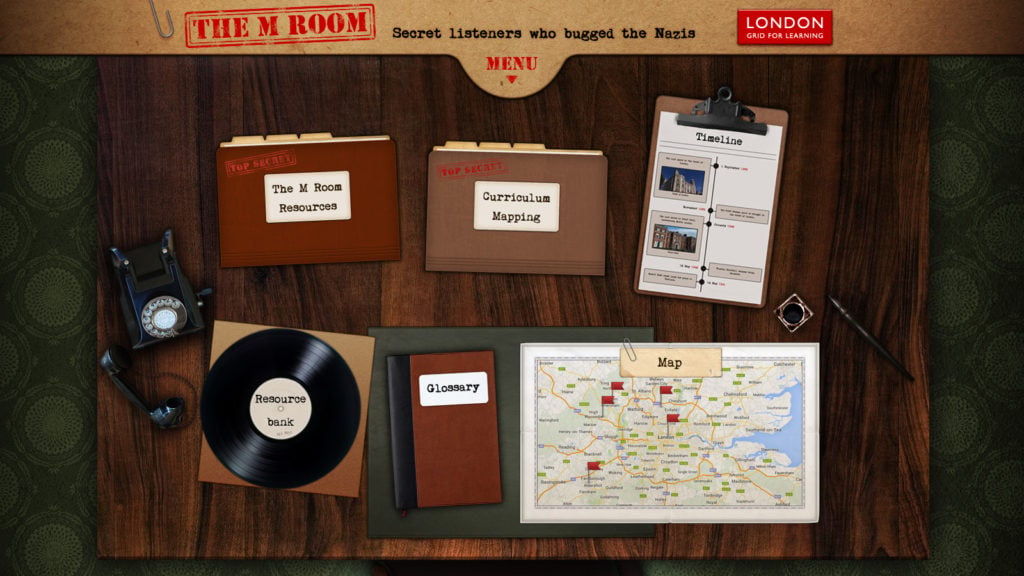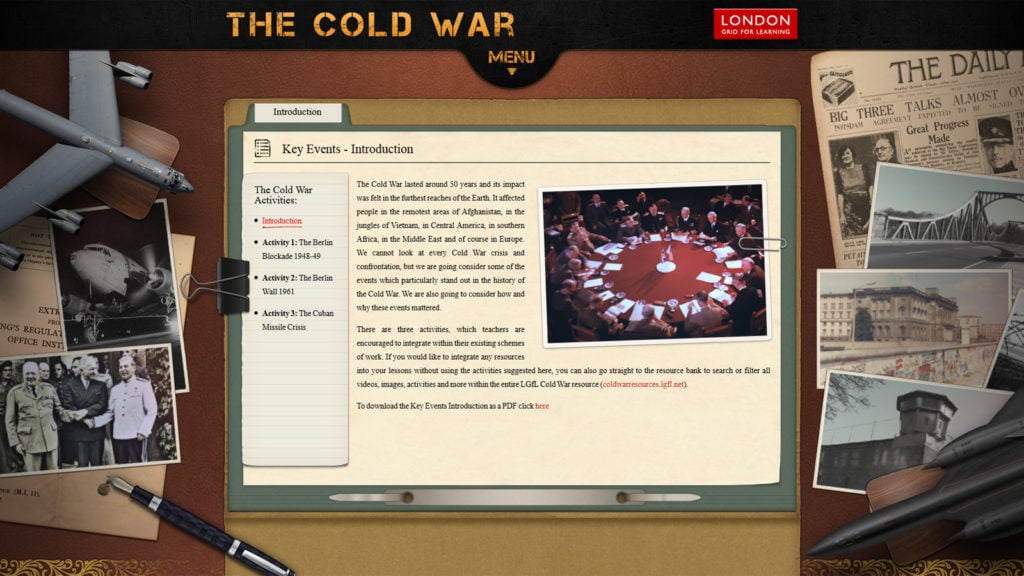Curriculum Blog
Be The Light in The Darkness on Holocaust Memorial Day - 27th January 2021
Holocaust Memorial Day (HMD) is a national commemoration day in the UK dedicated to the remembrance of those who suffered in The Holocaust under Nazi persecution and in subsequent genocides in Cambodia, Rwanda, Bosnia and Darfur. The 27th of January marks the date of the liberation of Auschwitz-Birkenau, the largest Nazi death camp and therefore the HMD is on 27th January, 2021.

This year's theme is 'Be The Light in the Darkness'. It encourages everyone to reflect on the depths humanity can sink to, but also the ways individuals and communities resisted that darkness to ‘be the light’ before, during and after genocide. They are asking us to join the nation at 8pm on 27 January to #LightTheDarkness for #HolocaustMemorialDay by lighting a candle and safely placing it in your window at 8pm; to remember those who were murdered for who they were and to stand against hatred and prejudice in the world today.
'We will continue to do our bit for as long as we can, secure in the knowledge that others will continue to light a candle long after us.' - Gena Turgel MBE, survivor of the Holocaust (1923-2018)
Genocidal regimes throughout history have deliberately fractured societies by marginalising certain groups. Now more than ever, we need to stand together with others in our communities in order to stop division and the spread of hatred in our society.
This year they are encuraging people to get involved with a virtual cook-along activity for HMD; aimed at adult audiences and older school pupils. They suggest by taking part in a cook-along virtually with friends or colleagues, you can find out more about a culture that has experienced genocide, learn a new skill and make a delicious dish.
Back in October 2019, I visited Auschwitz-Birkenau; a trip I would urge everybody to take if they can. Despite having read many historical narratives and other literature about Auschwitz, I was still shocked by how vast the camps were, particularly Auschwitz II - Birkenau. The guided tour was incredibly moving and informative; we were told by the end of the Holocaust, six million Jewish men, women and children had been murdered in ghettos, mass-shootings, in concentration camps and extermination camps.
Below are a few of the photographs I took during the tour (n.b. cameras without flash are allowed on the tour, but there were certain areas I committed to memory rather than photographing).
[gallery type="square" columns="2" size="medium" ids="3171,3170,3169,3168"]
Photograph 1 - A watchtower at Auschwitz; Photo 2 - Kitchen pots and pans (as people believed they were being sent to a work camp); Photo 3 - The "beds" at Birkenau; Photo 4 - the railtrack which brought prisoners to the middle of Birkenau (where many were sent immediately to their death).
If you are planning on completing your own Holocaust Memorial Day activities, there is an Activity Pack to help facilitate activities. The free Activity Pack is now available to order, along with sticker sheets, metal HMD pin badges and 'About HMD' booklets to use. You can order the resources using this link. (There are activities suitable for (primary, secondary and SEND pupils).
Their resources aim to help students to:
- Learn more
- Feel empathy
- Be inspired to take action
LGfL offers a range of resources that can support your HMD activities, and all have been carefully created with experts to ensure accuracy, appropriateness and sensitivity about the Holocaust and genocides for teachers at both primary and secondary levels.
Documenting the Holocaust: A unique resource which gives access to carefully curated artefacts from the Wiener Library, one of the world’s most extensive holocaust archives. The collection of over one million items includes press cuttings, photographs and eyewitness testimony. The videos within the resource offers unique stimulus to be used as valuable as starters, plenaries and main lesson stimuli and support discussion in and out of lesson time.

The Holocaust Explained: Produced originally in partnership with the London Jewish Cultural Centre, but now managed by the Wiener Library, this website features a large range of media resources, historical documents and graphical representations of a wide-range of aspects of the Holocaust; the site has over 500 webpages, 1000 media assets, a glossary of 720 terms and 11 oral testimonies. Watch below the Case Study 'The Holocaust Explained' hosted on @LGfLTV:
Holocaust Education though the Ben Uri Art Collection: A resource designed to support GCSE History and Art and Design research into Holocaust art, the resources help to ‘deconstruct’ art works from the Ben Uri Gallery and the London Jewish Cultural Centre. The expert teacher support is some of the finest available from LGfL.

The M Room: The M Room resource gives unique access to secret World War II listening sites where the British Secret Service bugged high-ranking German Military prisoners to secure key intelligence to help win the war. The resources feature an interview with one of the original secret listeners and extensive primary-source material from the Ministry of Defence, relatives of those involved, and the National Archives.

The Cold War: The resources span borders, ideologies and even realities; interviewing spies, journalists and dissidents; visiting prisons, concentration camps, and museums; filming underground, above ground and from air; and uncovering documents, images and secrets never before revealed. Although the resource focusses on post second world war tensions between the Superpowers, there are sections that link to the topic and the influence the Holocaust had on subsequent post war events.

Other recommended (free) resources you can access:
The BBC have also created a collection of resources aimed at secondary schools to mark HMD including six animations based on Stories of Children who Survived the Holocaust, as well as much, much more.
Michael Rosen has recorded a series of powerful poems about the experiences of his family in the Holocaust which you can use to inspire your students.
A selection of resources based around "War and Peace" from the Literacy Shed. These would be worth watching particularly if you are completing a more lengthy topic around war and peace (and not just HMD).
A while ago, I read the following blog ('The Problem with ‘The Boy in the Striped Pyjamas’) about making responsible choices when choosing historical narratives and ensuring that pupils know that sometimes authors include historically inaccurate events in their narratives. I believe it highlights an important message to critically assess our choices for class novels and also to ensure we discuss with our pupils where narratives do not always stay true to the facts of the time.
‘Don’t be content in your life just to do no wrong, be prepared every day to try and do some good.’ Quote by Sir Nicholas Winton, who rescued 669 children from Nazi-occupied Europe.
As teachers, it is vital that we continue to pay our respect to the victims of the Holocaust by continuing to sensitively pass on the memories of the past and to try and prepare our pupils "to try to do some good". We hope that our resources will support you with this important endeavour.
Please let us know the impact the resources have had on your pupils and colleagues or indeed suggestions for what else you would like to see from LGfL by posting on LGfL’s Twitter or Facebook. Join the nation at 8pm on 27 January to #LightTheDarkness![]() for #HolocaustMemorialDay
for #HolocaustMemorialDay![]() .
.
This blog has been edited from a previous blog posted January 2020.
